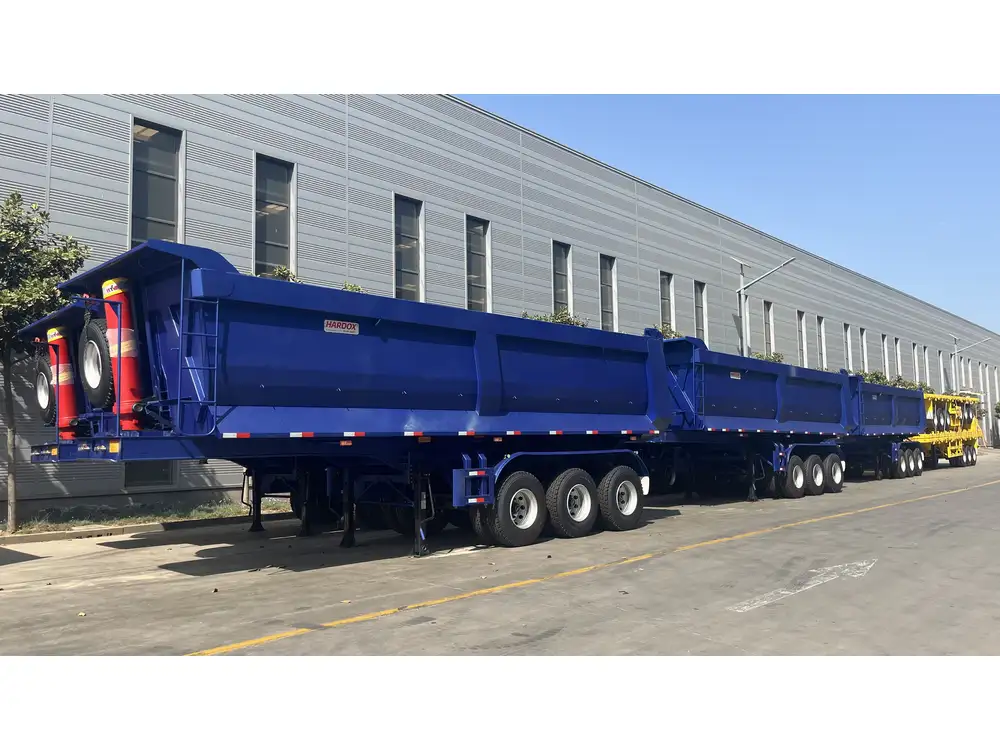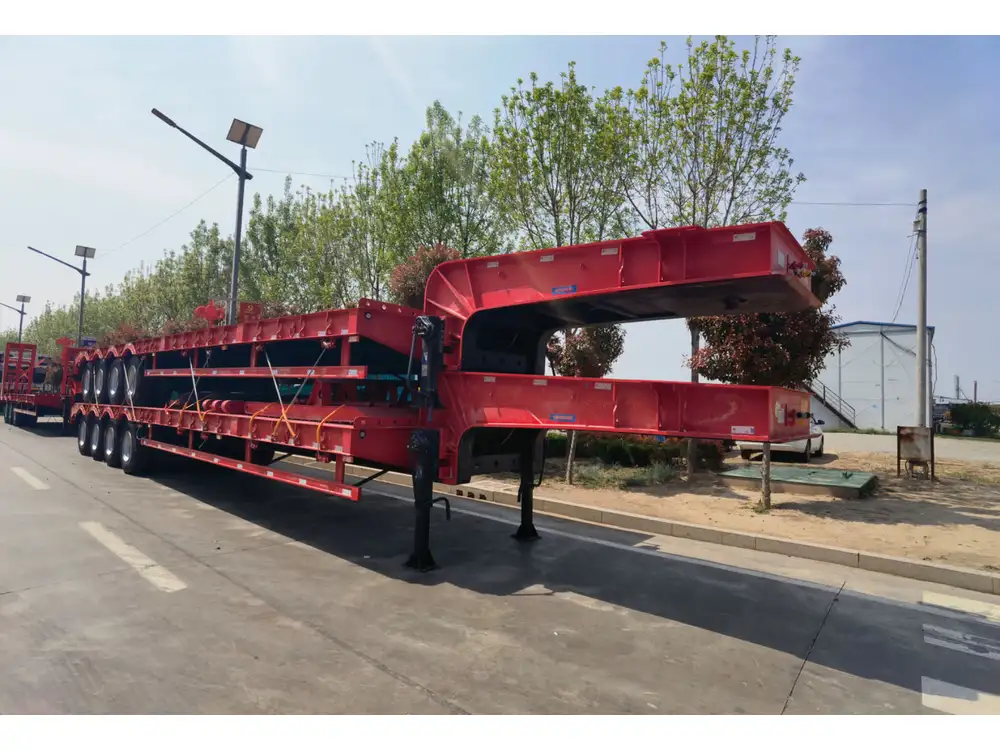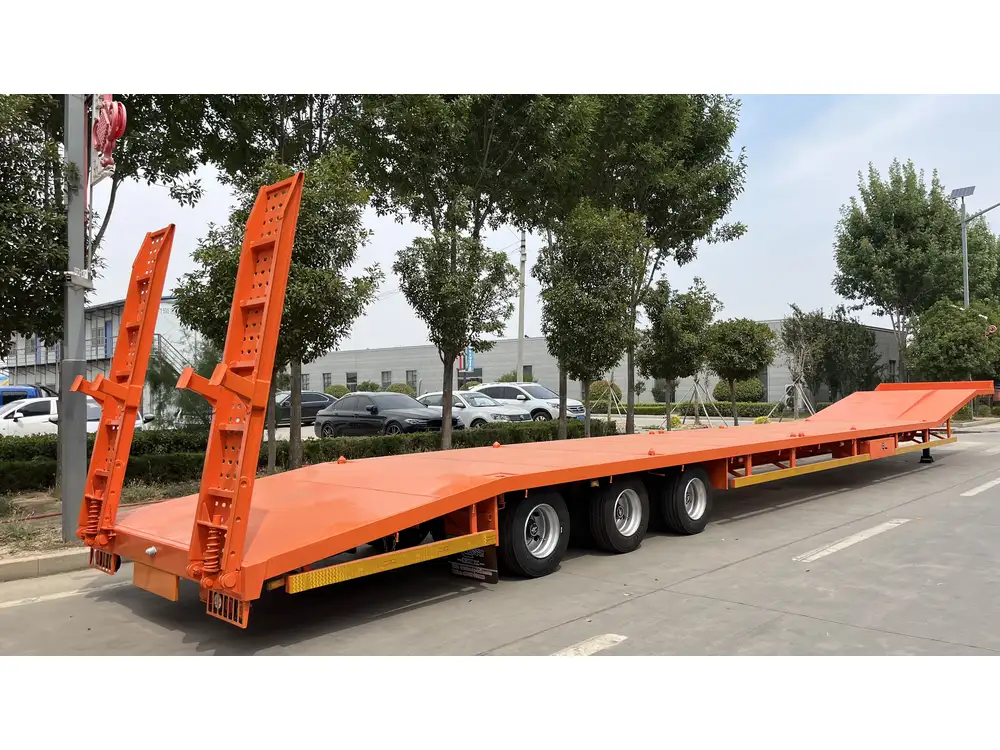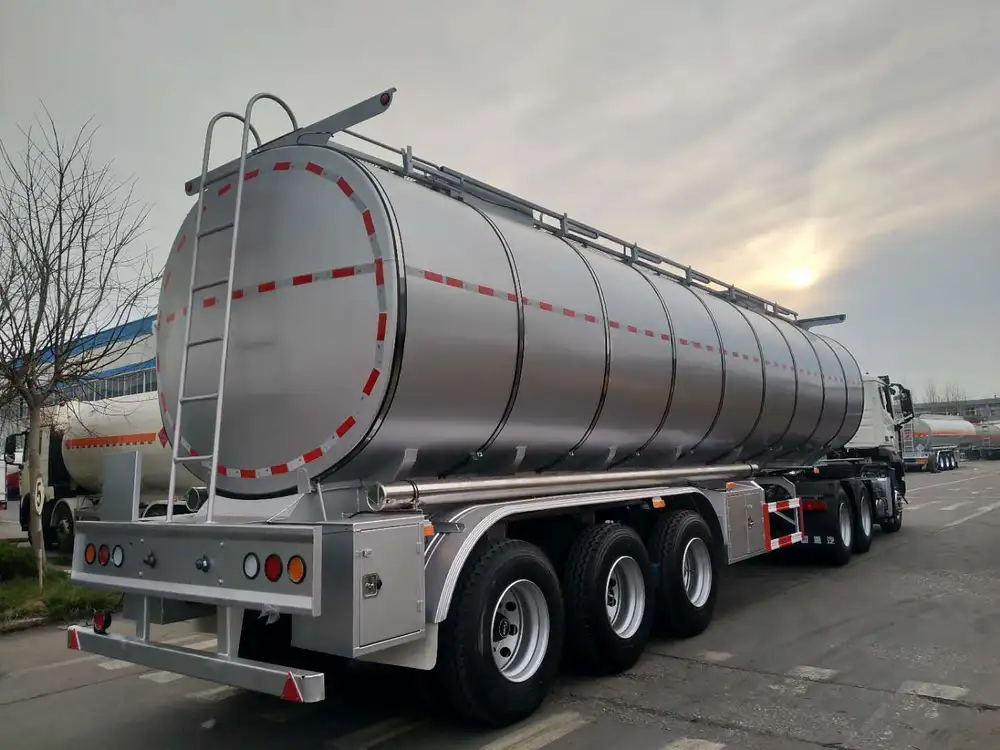In the world of semi-trailers, understanding the Vehicle Identification Number (VIN) is crucial for identification, registration, and maintaining compliance with regulations. This article aims to provide comprehensive information regarding the VIN on semi-trailers, including its location, significance, and the implications of misidentification.
What is a VIN?
The Vehicle Identification Number (VIN) is a unique code that serves as the trailer’s fingerprint, comprising 17 characters—numbers and letters—designed to provide specific information about the vehicle. This information includes the manufacturer, model year, place of production, and unique specifications. For industrial vehicles like semi-trailers, having the correct VIN is essential for documentation and regulatory purposes.
| VIN Structure | Details |
|---|---|
| Characters | 17 (alphanumeric) |
| Sections | WMI (World Manufacturer Identifier) |
| VDS (Vehicle Descriptor Section) | |
| VIS (Vehicle Identifier Section) | |
| Purpose | Unique identification, registration, insurance |
Location of the VIN on a Semi-Trailer
Identifying the location of the VIN on a semi-trailer is fundamental for various transactions such as buying, selling, and registering a trailer. The following areas are commonly where you can find the VIN on a semi-trailer:

1. Frame
The most typical location for a semi-trailer VIN is on the frame. Specifically, you may locate the VIN:
- On the left side of the trailer’s front frame member.
- Underneath the trailer, mounted to a cross member.
- Near the kingpin area on the underside frame.
2. Compliance Plate
Another critical spot for finding the VIN is the compliance plate:
- Typically found on the driver’s side near the rear of the trailer.
- This plate often contains additional information such as the gross vehicle weight rating (GVWR) and tire specifications.
3. Near the Axle Assembly
The VIN may also be placed near important mechanical features:
- Check for a stamped or affixed plate on the axle assembly.
- This location can vary by manufacturer, so it may require a closer inspection.

4. Manufacturer’s Documentation
If all else fails, the VIN should be present in the manufacturer’s documentation:
- Look at the owner’s manual or purchase documents; these often include the VIN.
- Manufacturers provide specific locations in their documentation to assist vehicle owners.
5. Registration Documents
Lastly, don’t overlook the registration documents:
- The VIN will be listed on the title and registration paperwork.
- This is a reliable source for verification and can be cross-referenced with the physical trailer.
Importance of Accurate VIN Identification

Legal Compliance
Each semi-trailer must have a VIN for registration and insurance purposes. Without a proper VIN, a trailer cannot be legally operated on public roads, which may lead to penalties.
Safety Standards
Trailers manufactured after 1982 carry safety recalls linked to their VIN. Identifying these recalls ensures compliance with safety standards, protecting not just the owner but also the public.
Avoiding Fraud
Using the correct VIN can help avoid fraudulent sales or purchases. Ensuring that the VIN on the trailer matches the documents verifies its legitimacy, revealing if it has been stolen or salvaged.

Insurance Purposes
Insurance companies require VINs to provide accurate quotes. An incorrect VIN may lead to policy voidance or incorrect coverage levels, potentially resulting in financial loss during an accident.
Common Questions About Semi-Trailer VINs
What Should I Do If the VIN is Damaged?
If you find that the VIN has been damaged or unreadable, contact the original manufacturer or a certified trailer dealer for assistance. They may provide a replacement VIN plate or verification services.

Can a VIN be Changed?
Altering a VIN is illegal and heavily regulated. It is crucial for individuals to understand the legal implications. However, if there’s a need for a new VIN due to damage or replacement, it often involves a legal process or reissuance from local authorities.
How Can I Check for Recalls Using the VIN?
You can use the VIN to check for recalls on the National Highway Traffic Safety Administration (NHTSA) website. Simply input the VIN, and the tool will provide any relevant recalls that pertain to the specific trailer, helping ensure your trailer remains safe to operate.
Is the VIN Different from the Serial Number?
Yes, the VIN and serial number serve different purposes. The VIN is used for registration and legal documentation, whereas the serial number is typically used by manufacturers for warranty and parts inventory.

Tips for Maintaining VIN Integrity
- Keep Documentation Secure: Always store your purchase and registration documents in a secure location to prevent loss.
- Regular Inspections: Conduct regular inspections of the VIN location to ensure it remains readable and intact.
- Report Changes Promptly: If you change the ownership or modify your trailer, ensure to update the relevant authorities with the correct VIN and documentation.
Conclusion
Understanding where to find the VIN on a semi-trailer is pivotal for legal compliance, safety assurance, and safeguarding against fraud. By familiarizing yourself with the various locations and the importance of the VIN, you can streamline the processes of registration, insurance, and general operations of your semi-trailer. Regular monitoring of your VIN ensures that, irrespective of your needs—be it maintenance, resale, or compliance—all operations remain seamless, efficient, and above board. Always consult official sources and engage with professionals if any queries arise about the identification and integrity of your trailer’s VIN.



